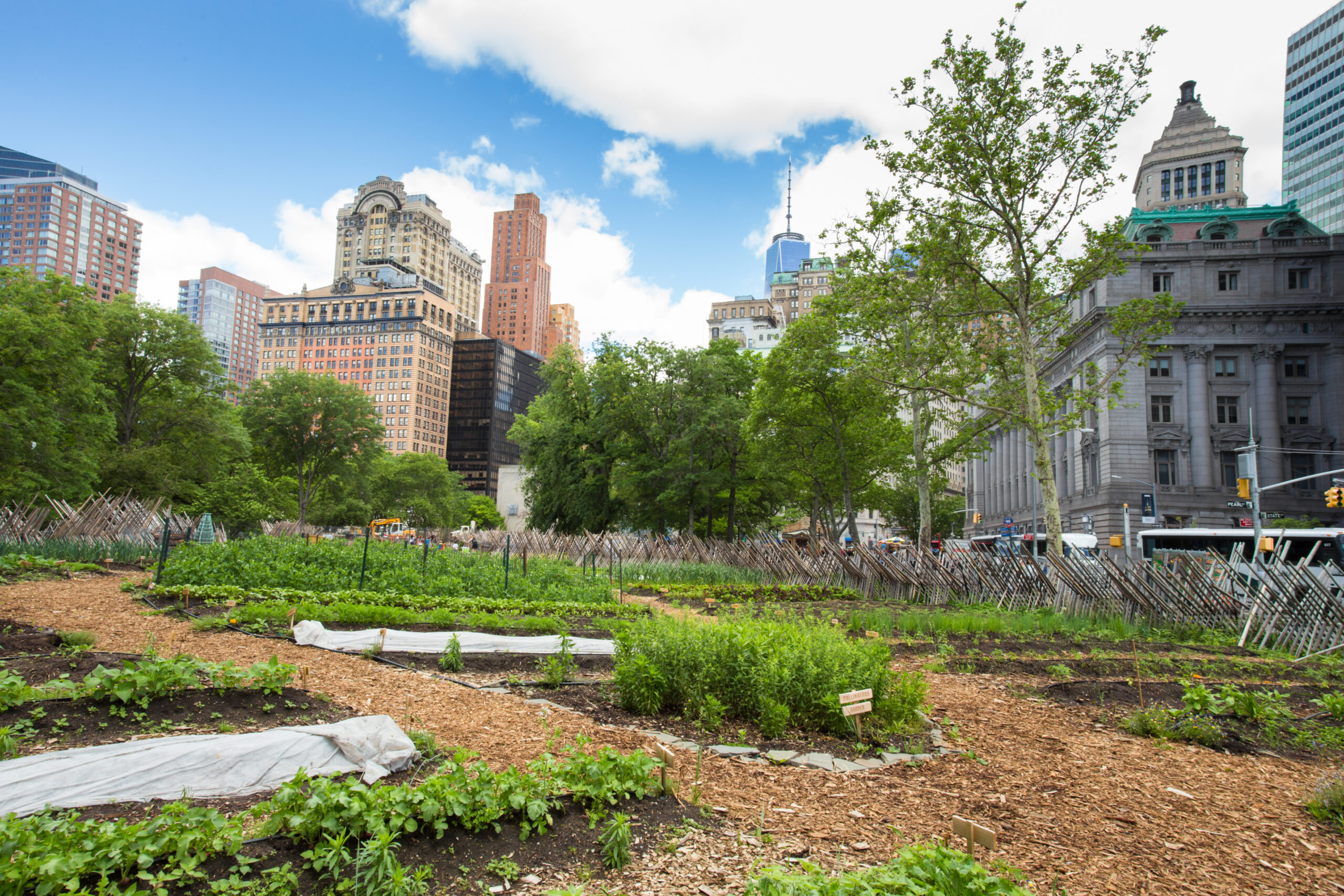Not known Factual Statements About City Blooming
Not known Factual Statements About City Blooming
Blog Article
An Unbiased View of City Blooming
Table of ContentsCity Blooming - TruthsAll About City BloomingNot known Details About City Blooming Fascination About City BloomingThe Of City Blooming
Interested in expanding food to buy in the City of Chicago? Assuming concerning beginning a community yard? Changes to the Chicago Zoning Ordinance enable farming usages like area gardens and city farms in several parts of the city. Below is a listing of regularly asked concerns pertaining to the guidelines and guidelines that growers need to think about when preparing a city farming job.
The zoning change does not customize any various other codes dealing with composting, structure permits, buying or renting City owned residential property, service licenses or ecological contamination. There are existing codes that manage these problems and they stay completely result and might apply to your task. Community gardens are normally had or taken care of by public entities, civic organizations or community-based companies and kept by volunteers.
Urban farms grow food that is planned to be offered, either on a not-for-profit or for-profit basis. As a result of their commercial purpose, urban farms need a business license. Yes. A neighborhood yard is allowed to market excess generate that was expanded on site if the sales are accessory or subservient to the yard's key purpose described above.
The 3-Minute Rule for City Blooming
Composting is allowed but only for plant material that is produced and used on site. The amount of compost product can not go beyond 25 cubic backyards at any kind of provided time according to the criteria in 7-28-715 of the City's Municipal Code. Yes. Due to the fact that the soil at most brand-new garden websites requires modifying, compost, dirt, timber chips, or various other materials can be obtained to create or improve the expanding area - garden care.

If a structure permit is called for after that the hoophouse will be considered an accessory structure. You can locate out even more about the structure license requirements by getting in touch with the Department of Structures. The 25,000-square-foot dimension restriction is planned to avoid a solitary neighborhood yard from controling a given block or detracting from the block's existing domestic or commercial personality.
The limit does not use to gardens situated in Public Open Area (POS) districts. Can there be even more than one neighborhood yard that is 25,000 square feet on a solitary block? Secure fencing is not called for, nevertheless, gardens that have big car parking locations may be needed to mount fencing or other landscape design attributes.
The smart Trick of City Blooming That Nobody is Discussing
B1 & B2 areas need that all business use activities be carried out inside your home. Is fence required for city ranches? Fencings may be needed, along with landscaping and testing, for specific auto parking locations and outdoor job or storage locations depending on place and the particular task taking area.
Urban ranches need structure authorizations and zoning approvals prior to construction (garden care). Various other types of city review might be needed depending on details frameworks, tasks, size, landscaping, licensing, public health and stormwater management concerns.
Yes. The sort of license is figured out by what is happening at the website. The Department of Service Matters and Customer Protection can assist identify the details sort of organization permit that's called for. Yes. Off street car parking is needed for the majority of industrial tasks in Chicago. The required number of garage is based on the number of employees servicing website and not the square video of the growing area.
The Best Guide To City Blooming

Yes. A metropolitan ranch can offer garden compost product generated on website, nonetheless, the procedure has to adhere to the regulations in 7-28-715 of the Chicago Municipal Code. Yes. Aquaponic systems are enabled inside on urban ranches in several zoning districts. However, a zoning testimonial and building permit is needed in order to mount frameworks or systems and a business permit is needed as explained over.
Approximately 5 hives or swarms of honey may be kept as an accessory usage. Nonetheless, beekeepers need to sign up with the Illinois Division of Farming. For even more info about the proposed zoning amendment you might speak to the Division of Real Estate and Economic Advancement, Bureau of Preparation and Zoning at 312.744.8563.
, which takes location in country areas at the side of residential areas.
The smart Trick of City Blooming That Nobody is Talking About
It can entail an activity of natural growers, "foodies" and "locavores", that look for to develop social networks started on a common ethos of nature and area holism. These networks can develop using formal institutional assistance, ending up being incorporated into neighborhood town as a "shift town" motion for sustainable metropolitan growth.
The extra direct access to fresh vegetable, fruit, and meat products that may be understood with metropolitan agriculture can enhance food security and food safety while lowering food miles, leading to lower greenhouse gas discharges, consequently adding to climate modification reduction. Some of the very first evidence of urban agriculture originates from Mesopotamia.
Report this page